
UV Plant Lights: Myths, Facts, and Their Role in Plant Growth
- Home
- UV Plant Lights: Myths, Facts, and Their Role in Plant Growth
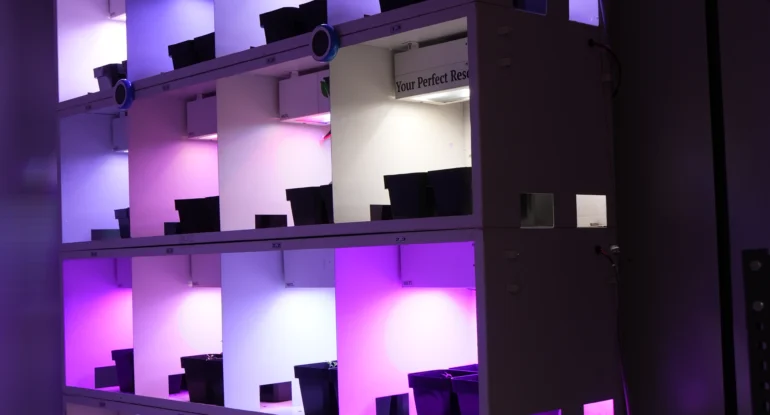
UV Plant Lights: Myths, Facts, and Their Role in Plant Growth
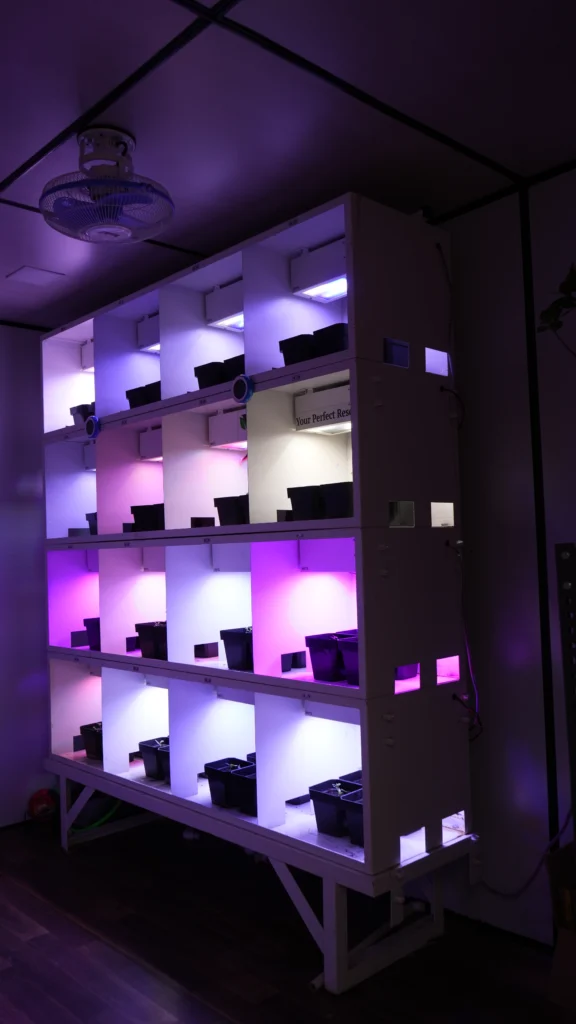
When we speak with new growers — whether small hobbyists or large B2B growers — many of them refer to grow lights as “UV plant lights.”
It’s a common misconception, and this article will clear the confusion by explaining:
– What are plant lights?
– What is UV light?
– The difference between them
– The actual role of UV light in plant growth
🌞 What Are Plant Lights?
Plant lights (also known as grow lights) are designed to provide artificial light in the spectrum range of 350 nm to 750 nm, which is the range plants can absorb and use for photosynthesis and growth.
Earlier, the accepted Photosynthetically Active Radiation (PAR) range was 400–700 nm, but recent studies show that plants can also utilize light up to 750 nm and as low as 380 nm.
Depending on the crop, plants need different combinations of:
– Blue Light (400–500 nm) – Promotes vegetative growth
– Red Light (600–700 nm) – Encourages flowering and fruiting
– Far-Red Light (700–750 nm) – Affects flowering cycles and leaf expansion
Grow light manufacturers optimize the light spectrum based on crop needs, growth stage, and environment.
⚡ What Is UV Light?
UV (Ultraviolet) light is electromagnetic radiation with wavelengths shorter than visible light, falling just outside the PAR range. It’s divided into three types:
| Type | Wavelength Range | Common Applications |
|---|---|---|
| UVA | 315 – 400 nm | Included in some grow lights, cosmetics |
| UVB | 280 – 315 nm | Plant stress response, vitamin D synthesis |
| UVC | 100 – 280 nm | Sterilization and disinfection |
🌿 Role of UV Light in Plant Growth
While UV light is not required for photosynthesis, it can influence certain secondary plant responses:
✅ UVA & UVB:
– Stimulate secondary metabolites in some plants
– Can enhance color, flavor, and aroma
– May improve plant resilience to stress
❌ UVC:
– Not used for growth; typically used for surface sterilization
– Can be harmful to both plants and humans in direct exposure
Important Note: Excessive UV exposure can damage plant cells, and even low levels can be harmful to human skin and eyes.
💡 Do All Grow Lights Include UV?
Not necessarily.
Some grow lights, especially those for specialized crops like cannabis or medicinal herbs, may include a small portion of UVA (usually around 390–400 nm) to boost specific traits like flavor or pigment.
However, for green wall applications, indoor plants in offices, airports, homes, or anywhere people are regularly exposed to lights — UV should be avoided for safety reasons.
🔍 Final Thoughts
Calling all plant lights “UV plant lights” is a common myth. True grow lights are designed with a balanced, crop-specific spectrum between 380–750 nm. UV light plays a minor but specific role — and should be used with caution depending on application.
💬 Still Have Questions?
Feel free to comment below or write to us at 📩 [email protected] — our plant lighting experts are here to help! 🌱✨
- Blog Categories
- Basic of Artificial Lighting for Plants
- Basic of grow Light
- Case Studies
- General Awareness
- Indoor Vertical Farming
- Medical Plant Research
- Online Tool
- Pitch Grow Light
- Plant Lighting Measurement
- Speed Breeding
- Supplemental Lighting
- Tissue Culture Grow Lights
- Indoor gardening
- LED Grow Lights
- Pharma Segment
- General
Shop Products
2Ft 9W Grow Light for Leafy Vegetables
₹350.00 – ₹650.00Price range: ₹350.00 through ₹650.00
4Ft 18W Grow Light for Saffron
₹495.00 – ₹920.00Price range: ₹495.00 through ₹920.00
Popular Products
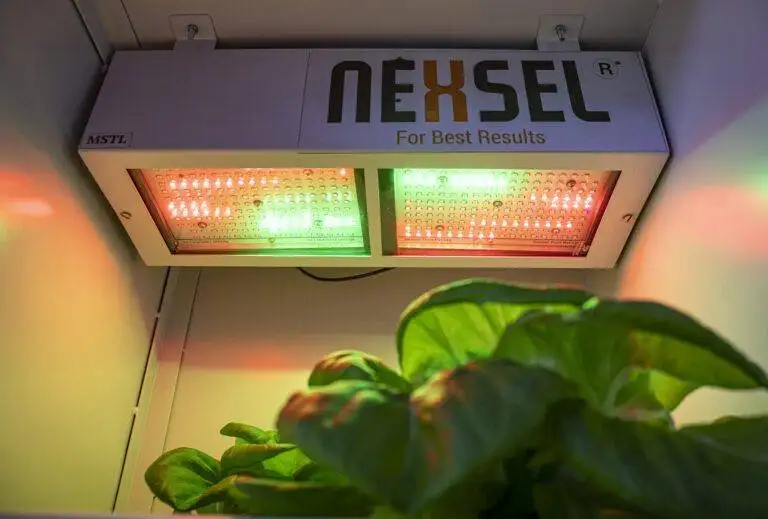
Enquire Now
Quick Link
Other Links
Design & Developed By VBTEK
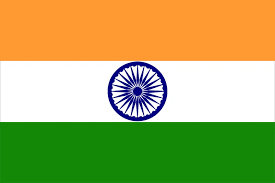
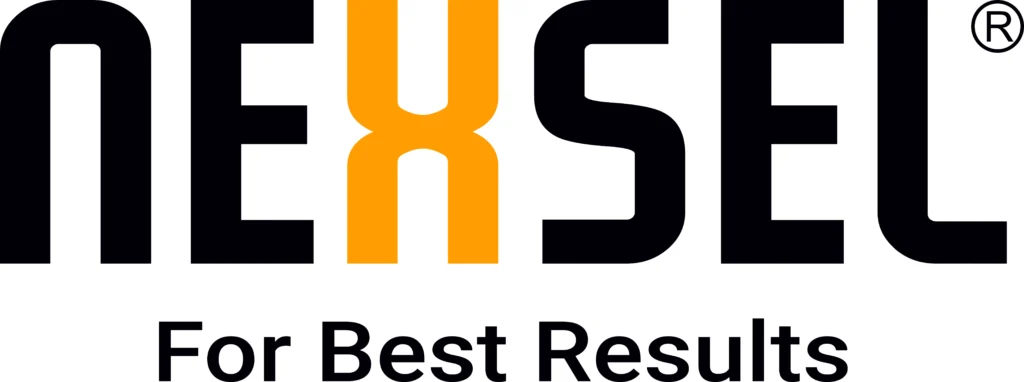
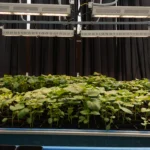
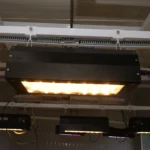
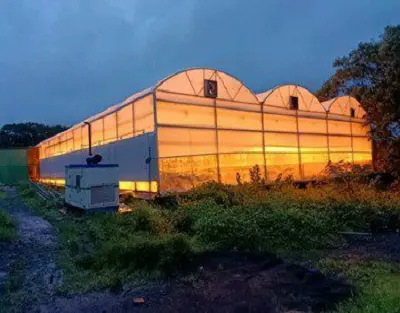
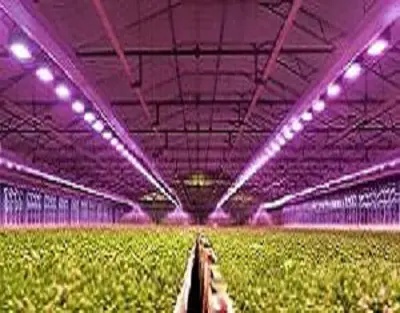
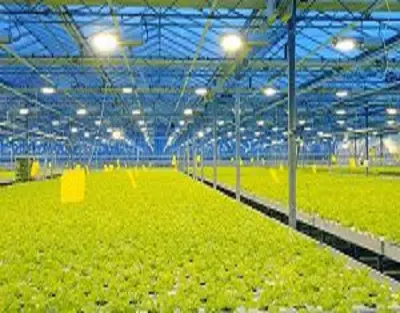

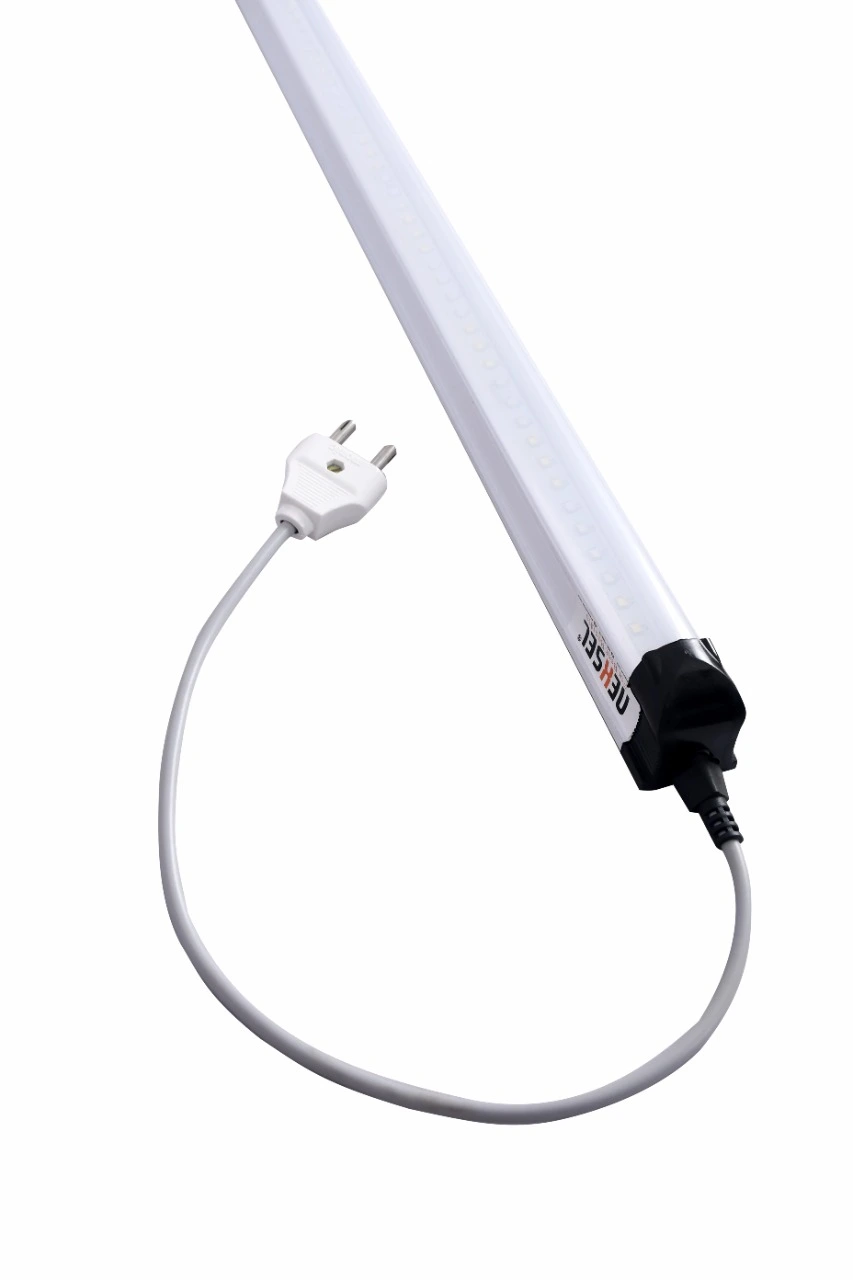
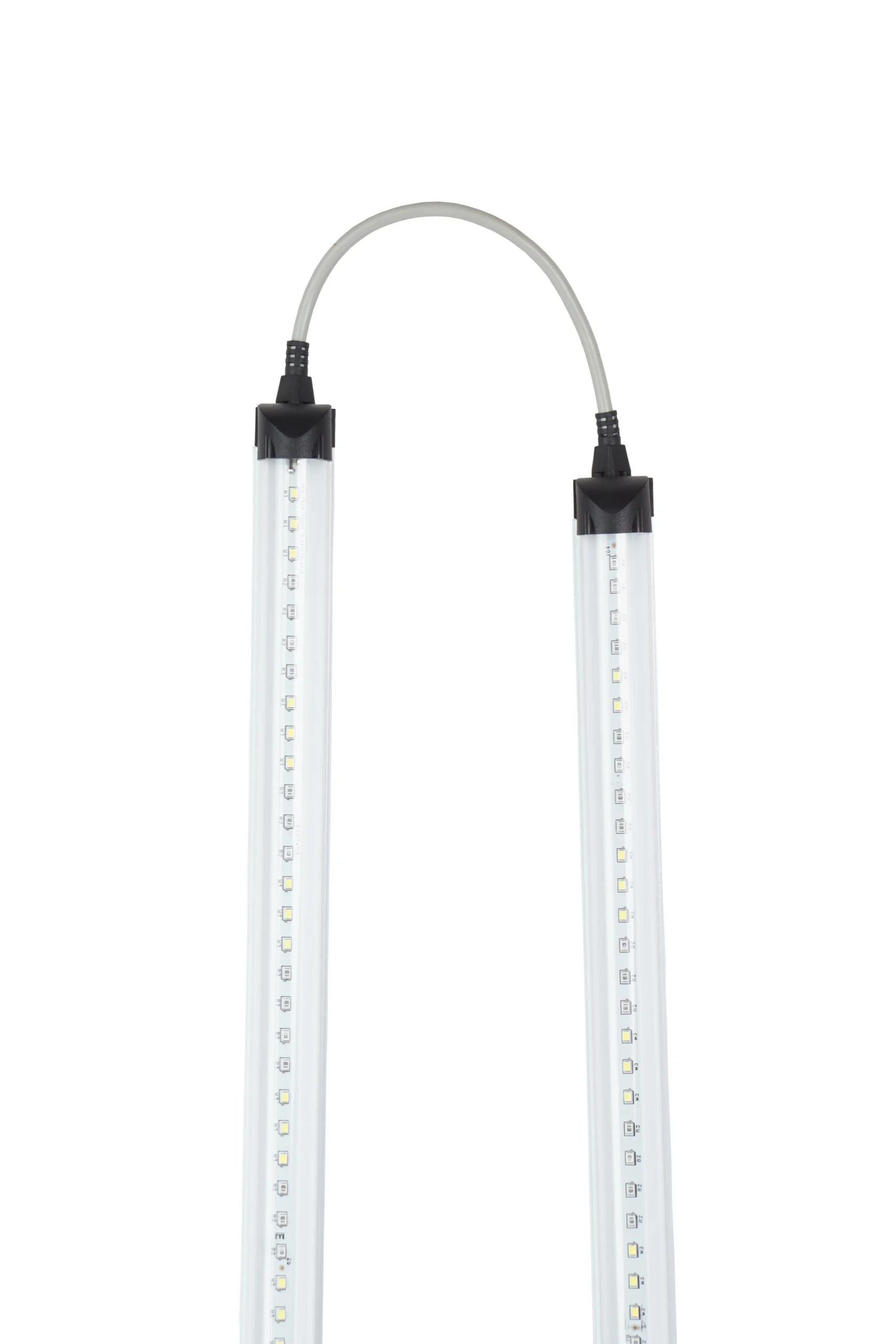
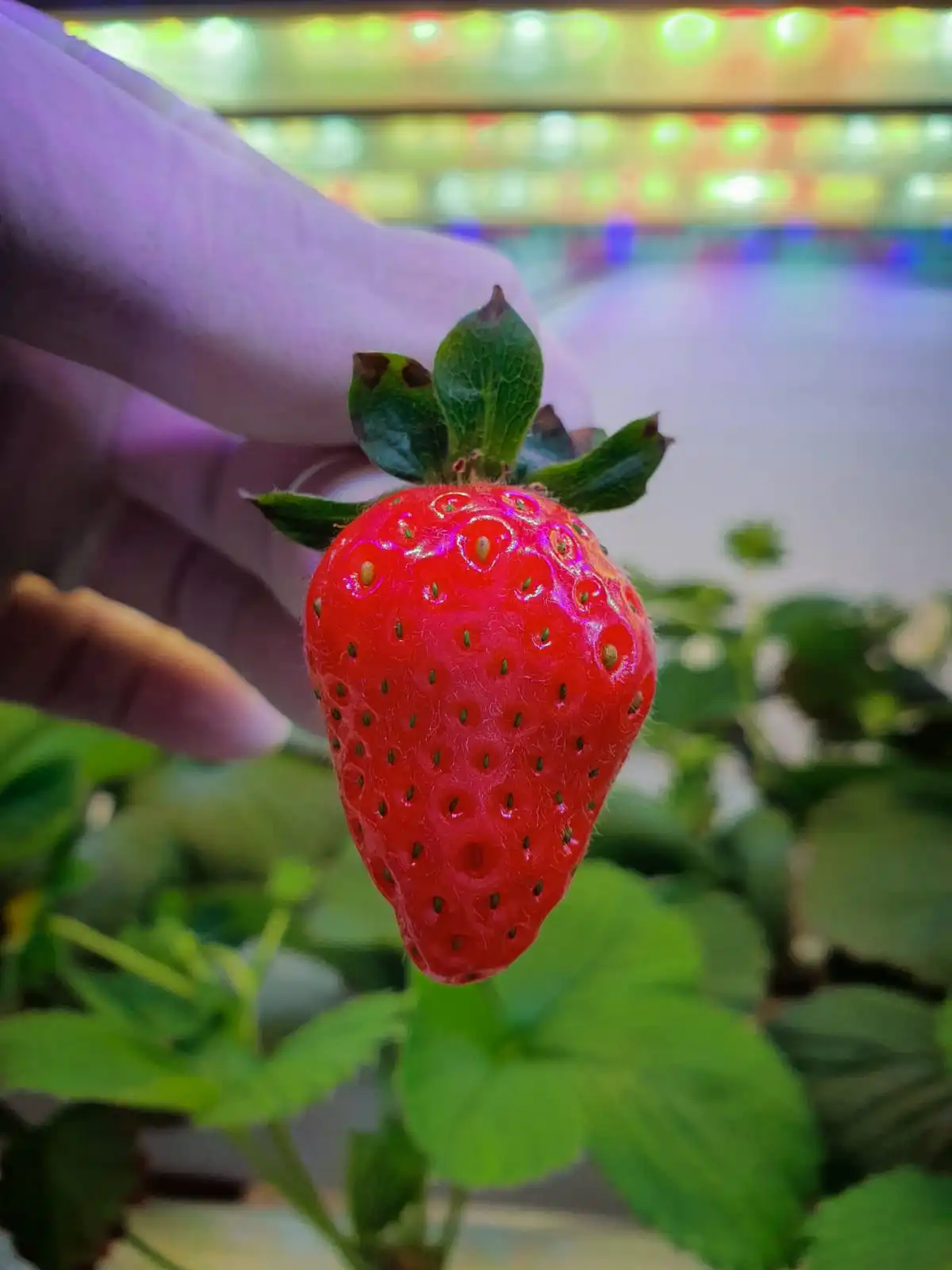
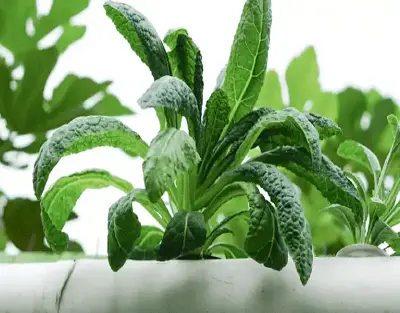
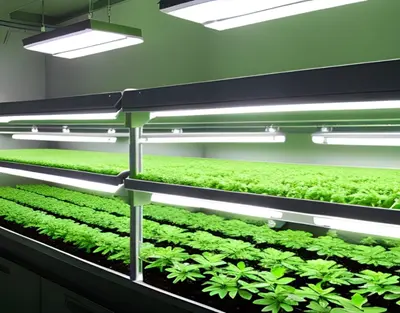
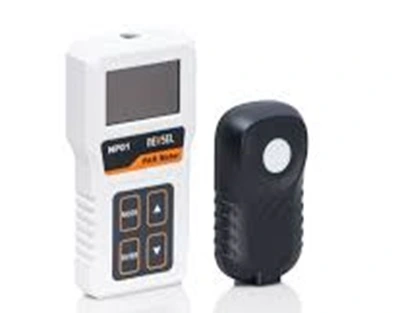
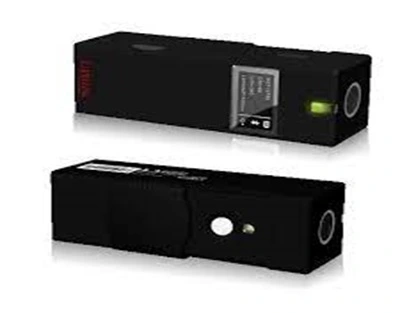
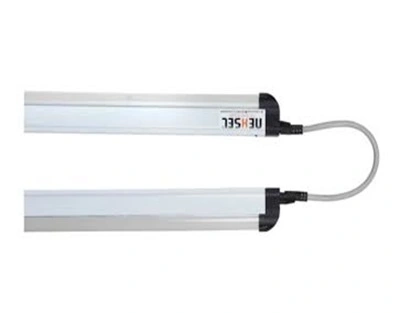
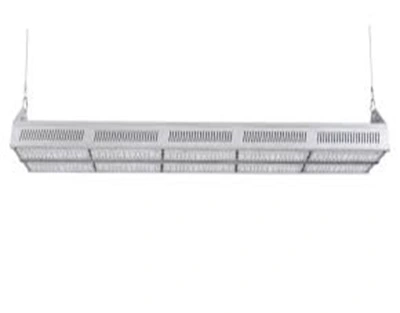
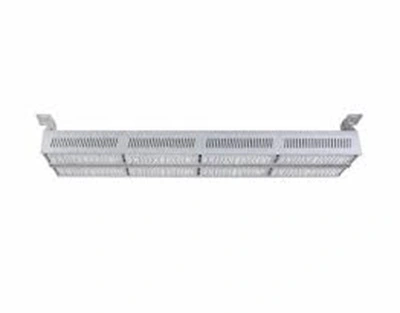
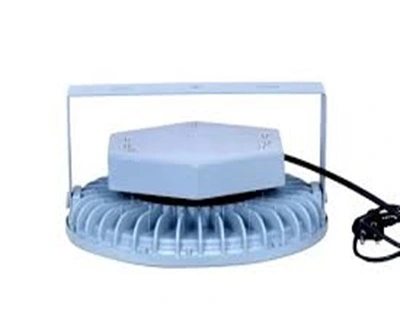
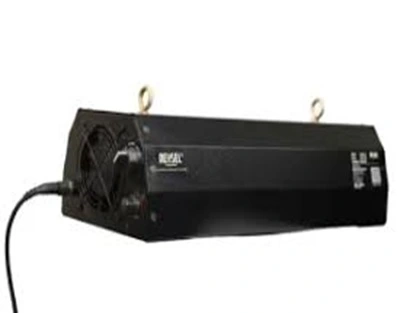

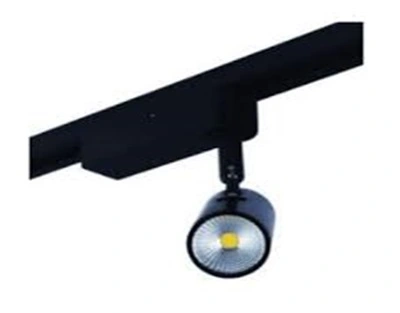
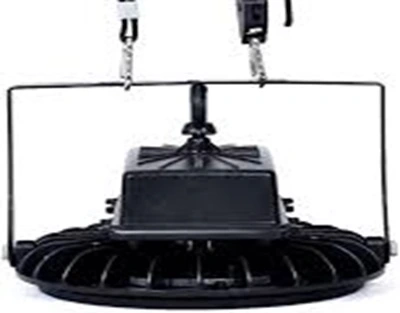
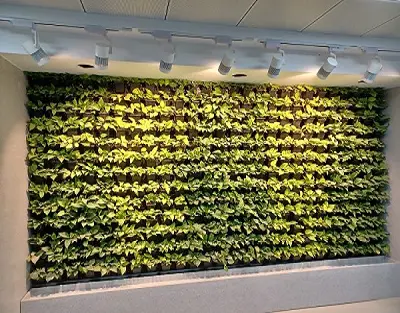
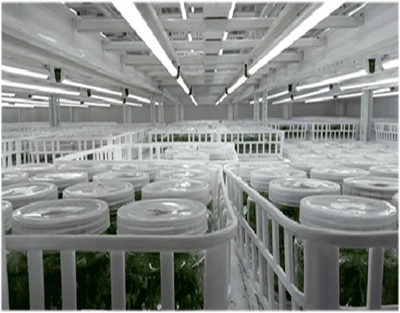

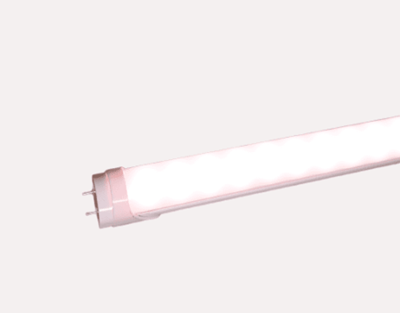
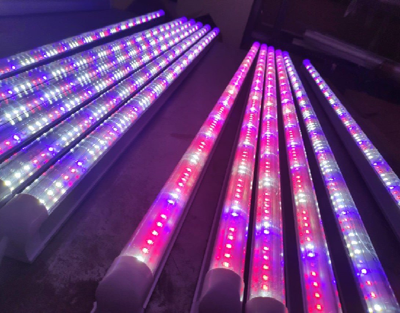
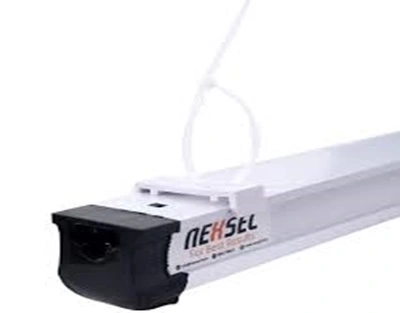
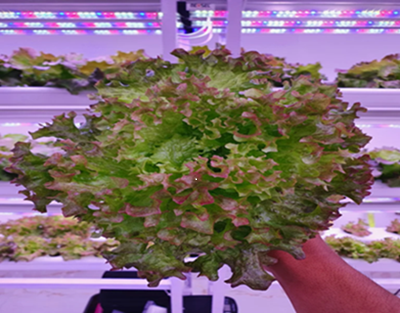
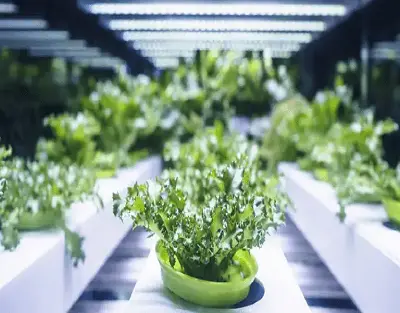
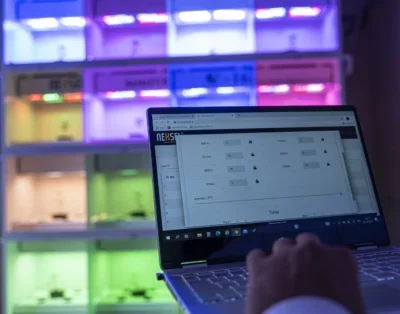


Leave A Comment